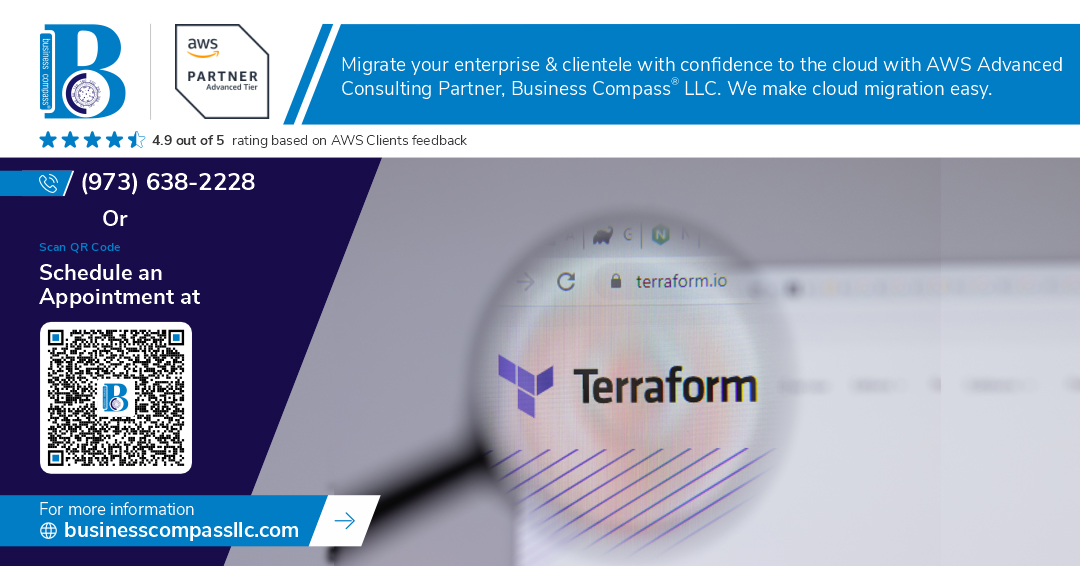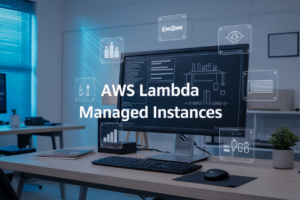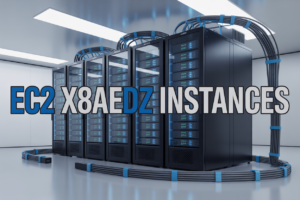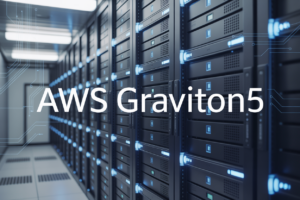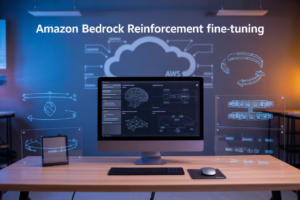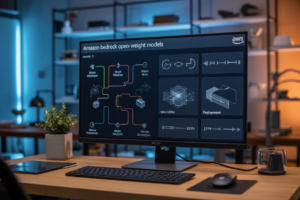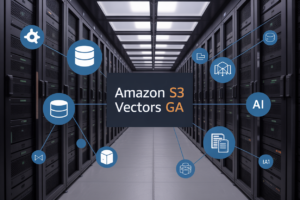Ever stared at your AWS infrastructure and thought, “This is a mess, and I have no idea how to manage it properly”? You’re not alone. Thousands of DevOps engineers struggle daily with the chaos of multiple environments, regions, and accounts.
Managing complex AWS setups using Terragrunt and Terraform the right way can transform that chaos into clean, maintainable infrastructure code. No more copy-pasting modules or wrestling with state files.
Think about your current workflow. How much time do you waste handling environment-specific configurations? How often do you deploy changes with crossed fingers, hoping nothing breaks?
What if I told you the solution isn’t just learning new tools, but adopting a specific architecture that the top cloud teams already use?
Let me show you what they’re doing differently.
Understanding Terraform and Terragrunt
A. The Core Functions of Terraform in AWS Infrastructure
Terraform shines as the muscle behind AWS infrastructure automation. It transforms your infrastructure plans into reality through code, tracking every resource it creates. No more clicking through AWS Console—just write what you want, run the command, and watch your AWS environment build itself.
Setting Up Your Terragrunt-Terraform Environment
A. Essential Prerequisites and Tools
Ever tried building a house without a hammer? Setting up Terragrunt and Terraform requires specific tools: AWS CLI, Terraform (v1.0+), Terragrunt, Git, and a code editor like VS Code. Don’t forget proper AWS credentials and basic knowledge of YAML/HCL syntax. Trust me, it’s worth spending time on proper setup.
Implementing DRY Principles with Terragrunt
Creating Reusable Terraform Modules
Ever tried building the same AWS setup across dev, staging, and prod? Total nightmare without modules. Terraform modules let you package resources into reusable components. Create one VPC module, use it everywhere, tweak just the parameters. When you update the module, all environments get the improvement automatically.
Managing Multi-Environment AWS Deployments
A. Structuring Dev, Staging, and Production Environments
Managing AWS across multiple environments isn’t rocket science, but it does need a thoughtful approach. With Terragrunt, you can create a folder structure that mirrors your environments, keeping dev isolated from prod while sharing common modules. This prevents those “works on my machine” moments when deploying to production.
Advanced Terragrunt Features for Complex AWS Architectures
A. Dependency Management Between Resources
Terragrunt shines when handling AWS resource dependencies. No more guesswork about which resources need to deploy first. Just use dependency blocks to explicitly define relationships between components. This creates a clear deployment order, eliminating those frustrating chicken-and-egg scenarios when building complex AWS architectures.
Terragrunt Best Practices for Team Collaboration
Documentation Standards for Infrastructure Code
Ever tried deciphering someone else’s infrastructure code without docs? Nightmare fuel. Establish clear standards for README files, module documentation, and inline comments. Your future self (and teammates) will thank you when troubleshooting at 2 AM during an outage.
Code Review Processes for Infrastructure Changes
Monitoring and Maintaining Your AWS Infrastructure
Monitoring and Maintaining Your AWS Infrastructure
A. Implementing Infrastructure Testing Strategies
Catching bugs before they hit production isn’t just smart—it’s essential. With Terragrunt, integrate automated tests using tools like Terratest or Kitchen-Terraform. These tools let you validate infrastructure changes against expected outcomes, preventing costly mistakes that could take down your entire AWS setup.
B. Troubleshooting Common Terragrunt-Terraform Issues
Ever stared at cryptic error messages wondering what went wrong? Common Terragrunt headaches include state lock issues, version mismatches, and dependency failures. Fix state locks by force-unlocking when safe, keep Terraform/Terragrunt versions aligned, and troubleshoot dependency errors by checking your hierarchy configuration.
C. Keeping Track of Infrastructure Drift
Infrastructure drift happens when your actual AWS resources don’t match your code—and it’s a disaster waiting to happen. Run terraform plan regularly through CI/CD pipelines to catch unmanaged changes. Better yet, use tools like Atlantis or CloudGuard to monitor drift continuously and alert your team before small issues become major problems.
D. Upgrade Paths for Terraform and Terragrunt
Skipping three versions at once is asking for trouble. Create a methodical upgrade strategy: test in lower environments, update one major version at a time, and always check the changelog for breaking changes. For larger teams, maintain an upgrade calendar that gives everyone time to adapt their workflows to new syntax or features.
E. Implementing Disaster Recovery Procedures
Nobody plans to fail, but you should definitely plan for failure. Back up your Terraform state files religiously. Create runbooks for common recovery scenarios. Test your ability to rebuild infrastructure from scratch in an isolated account. Your future self will thank you when that 3 AM emergency call comes and you’re not figuring things out on the fly.
Terragrunt transforms how teams work with Terraform in complex AWS environments, providing powerful solutions for code reuse, multi-environment management, and team collaboration. By implementing DRY principles, configuring robust directory structures, and leveraging Terragrunt’s advanced features, you can significantly reduce maintenance overhead while improving infrastructure stability and security.
Start your journey with Terragrunt today to streamline your AWS deployments. Invest time in setting up proper monitoring practices and maintenance workflows to ensure long-term success. Your future self and team members will thank you for creating a scalable, maintainable infrastructure codebase that can evolve alongside your organization’s growing cloud needs.










